|
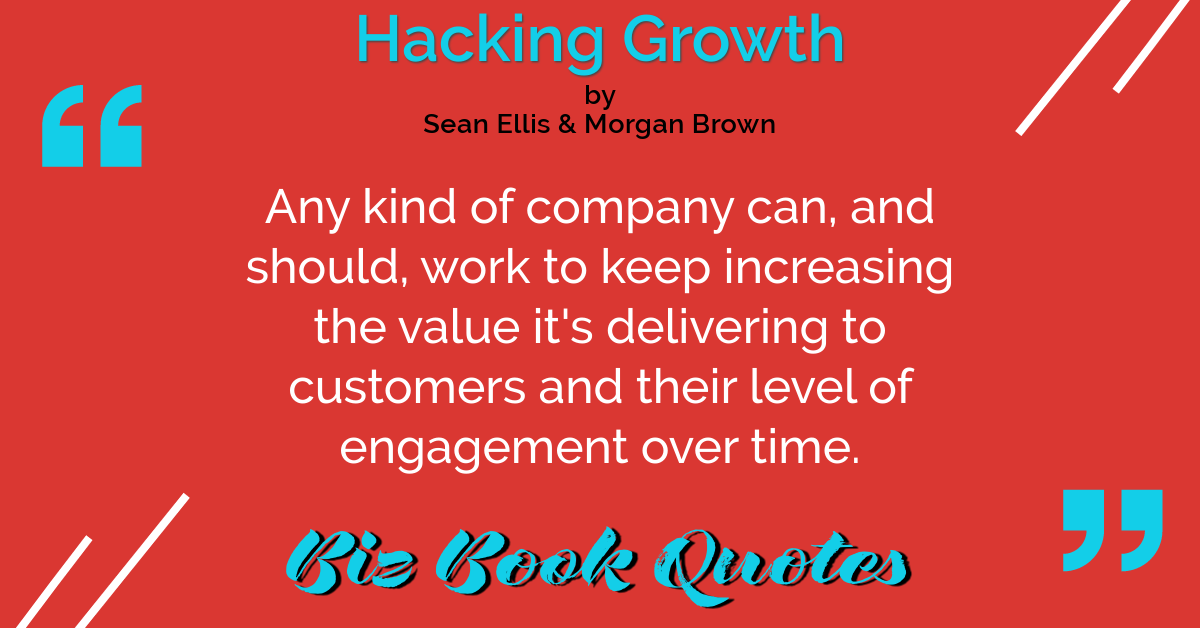
|
Hacking Growth:
Any kind of company can, and should, work to keep increasing the value it’s delivering to customers and their level of engagement over time.
|
207 |
|
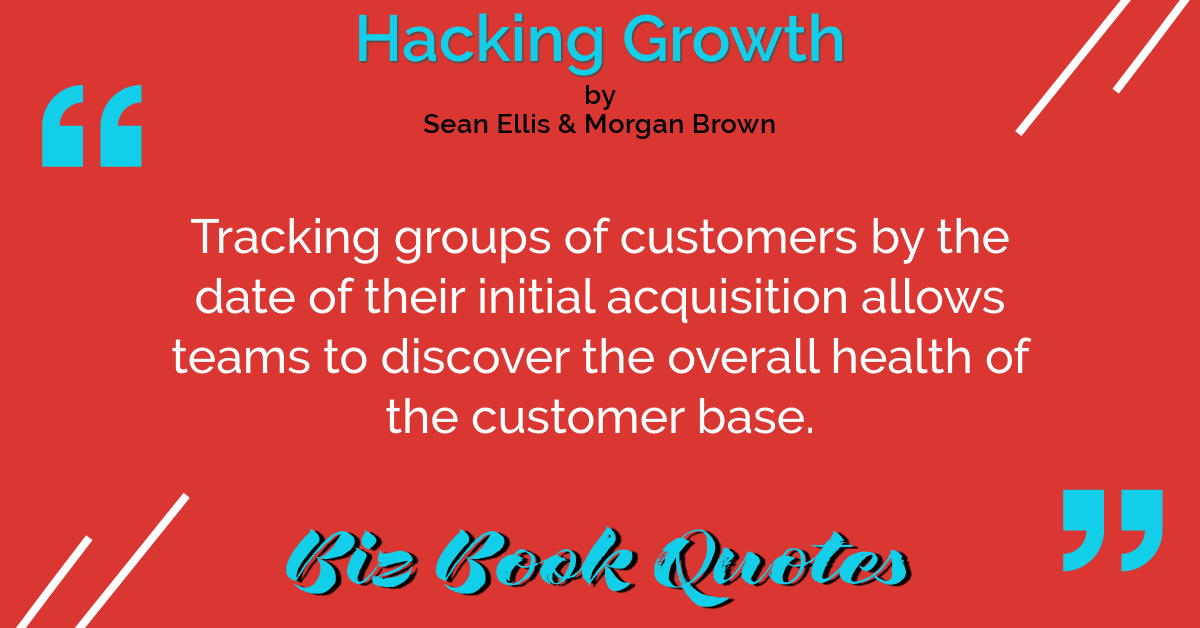
|
Hacking Growth:
Tracking groups of customers by the date of their initial acquisition allows teams to discover the overall health of the customer base.
|
211 |
|
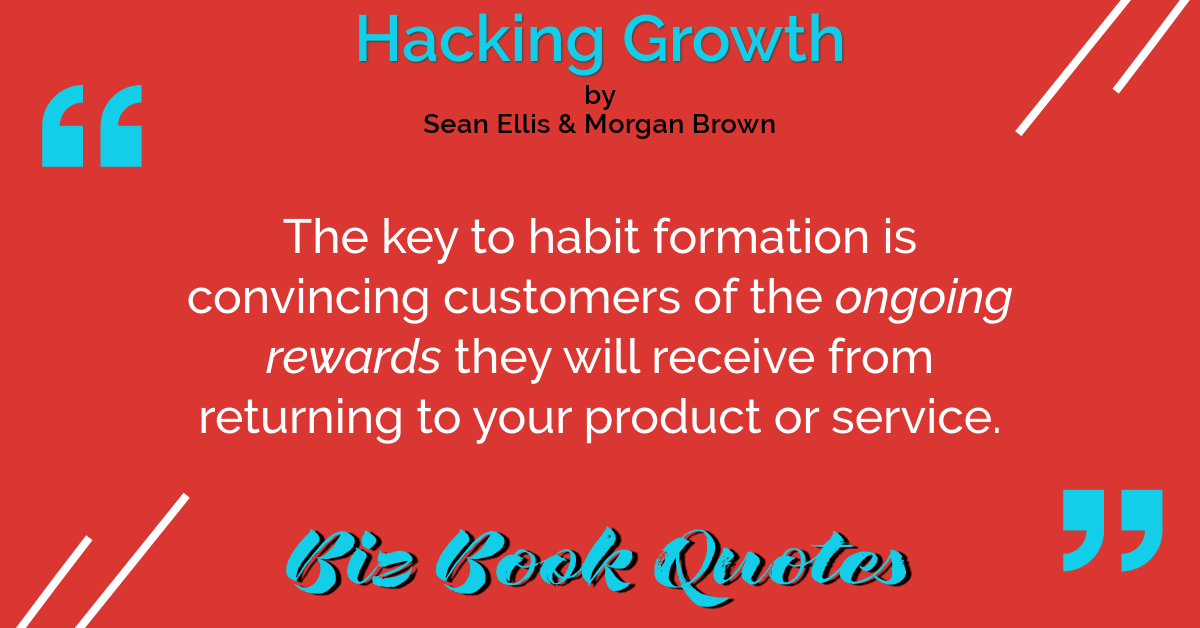
|
Hacking Growth:
The key to habit formation is convincing customers of the ongoing rewards they will receive from returning to your product or service.
|
216 |
|
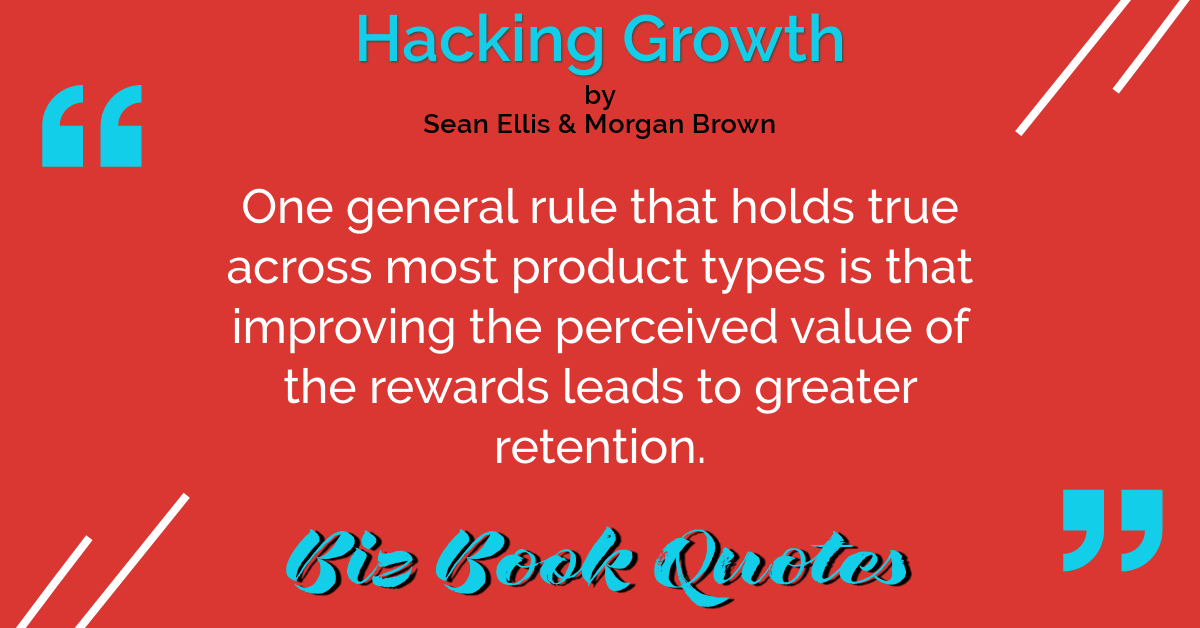
|
Hacking Growth:
One general rule that holds true across most product types is that improving the perceived value of the rewards leads to greater retention.
|
218 |
|
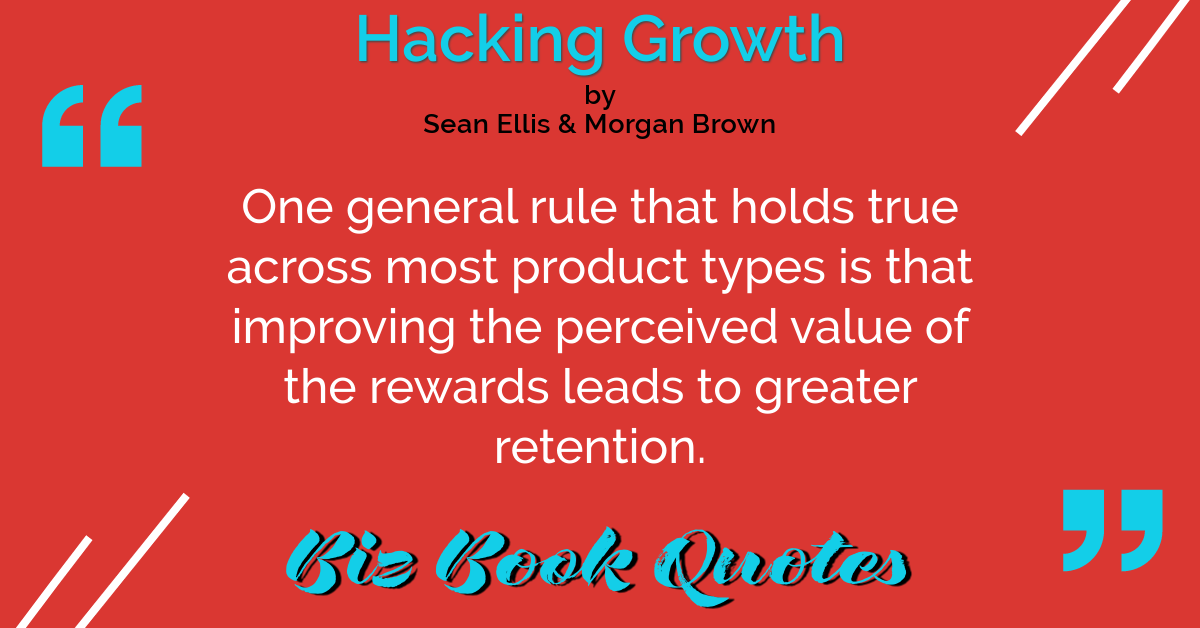
|
Hacking Growth:
…some of the most habit-forming rewards are the intangible ones.
|
219 |
|
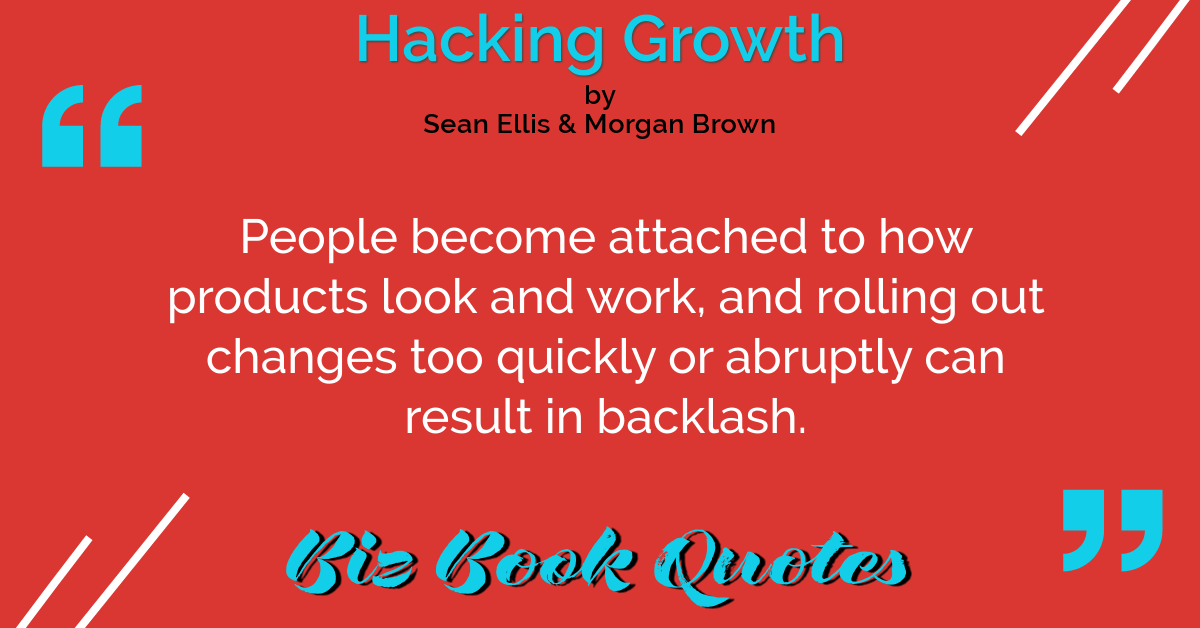
|
Hacking Growth:
People become attached to how products look and work, and rolling out changes too quickly or abruptly can result in backlash.
|
227 |
|
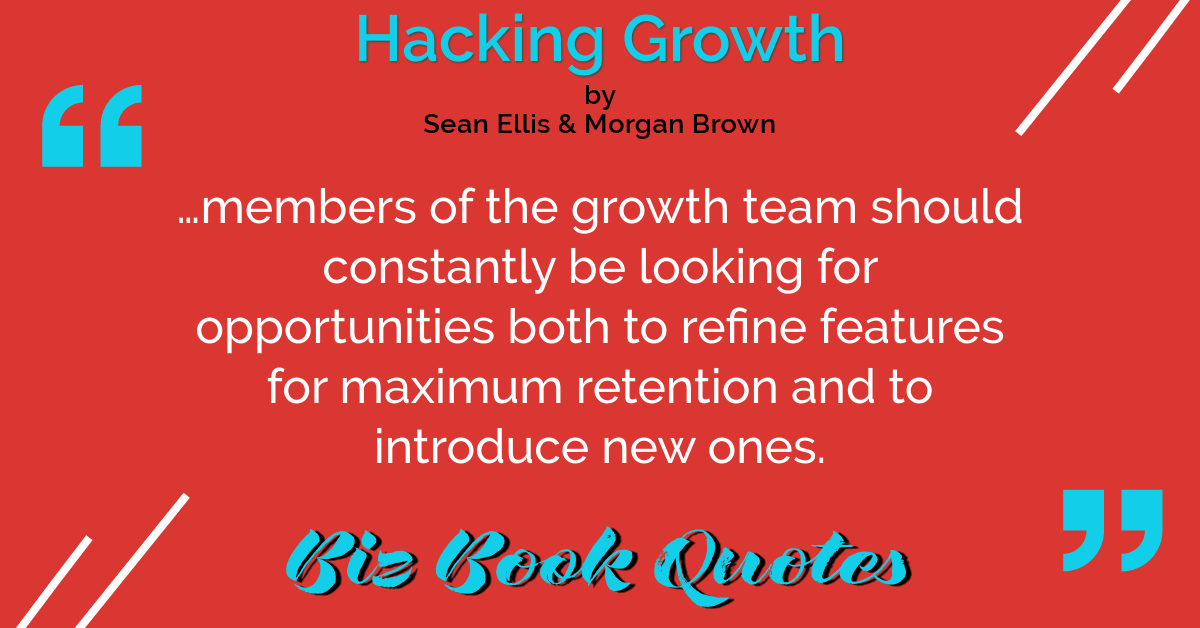
|
Hacking Growth:
…members of the growth team should constantly be looking for opportunities both to refine features for maximum retention and to introduce new ones.
|
227 |
|
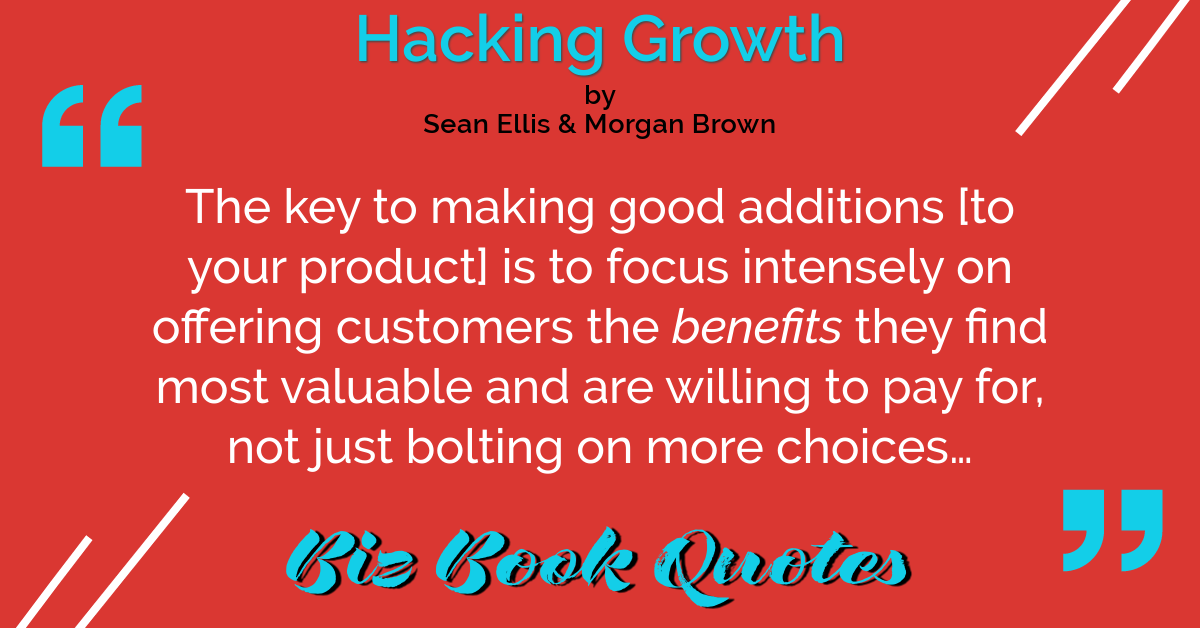
|
Hacking Growth:
The key to making good additions [to your product] is to focus intensely on offering customers the benefits they find most valuable and are willing to pay for, not just bolting on more choices…
|
240 |
|
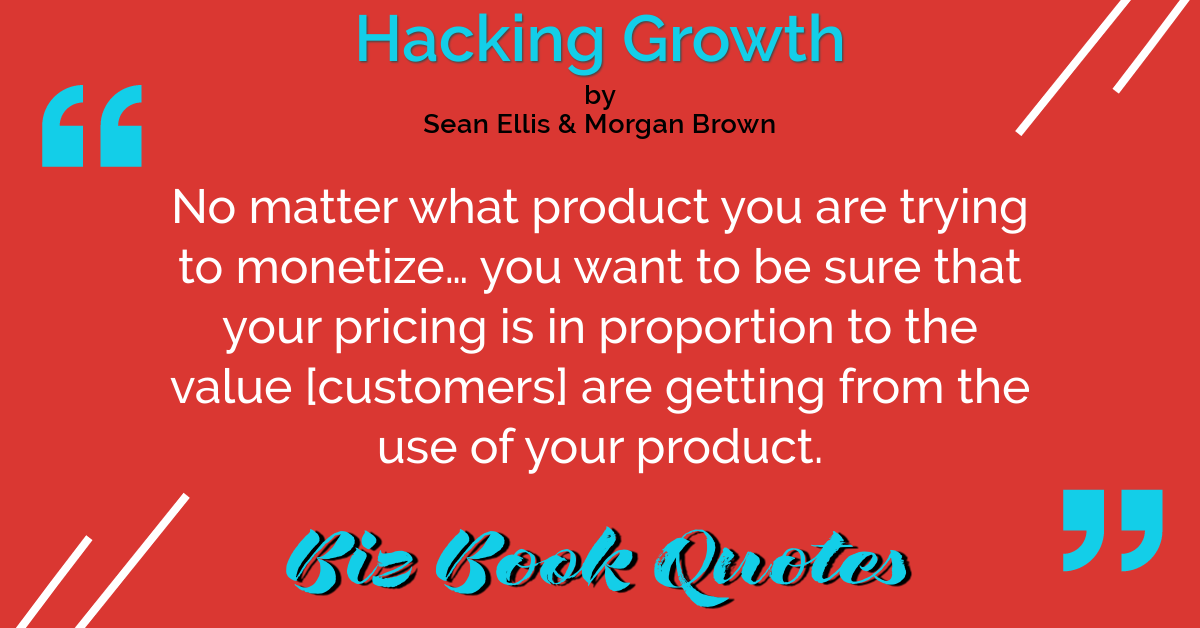
|
Hacking Growth:
No matter what product you are trying to monetize… you want to be sure that your pricing is in proportion to the value [customers] are getting from the use of your product.
|
249 |
|
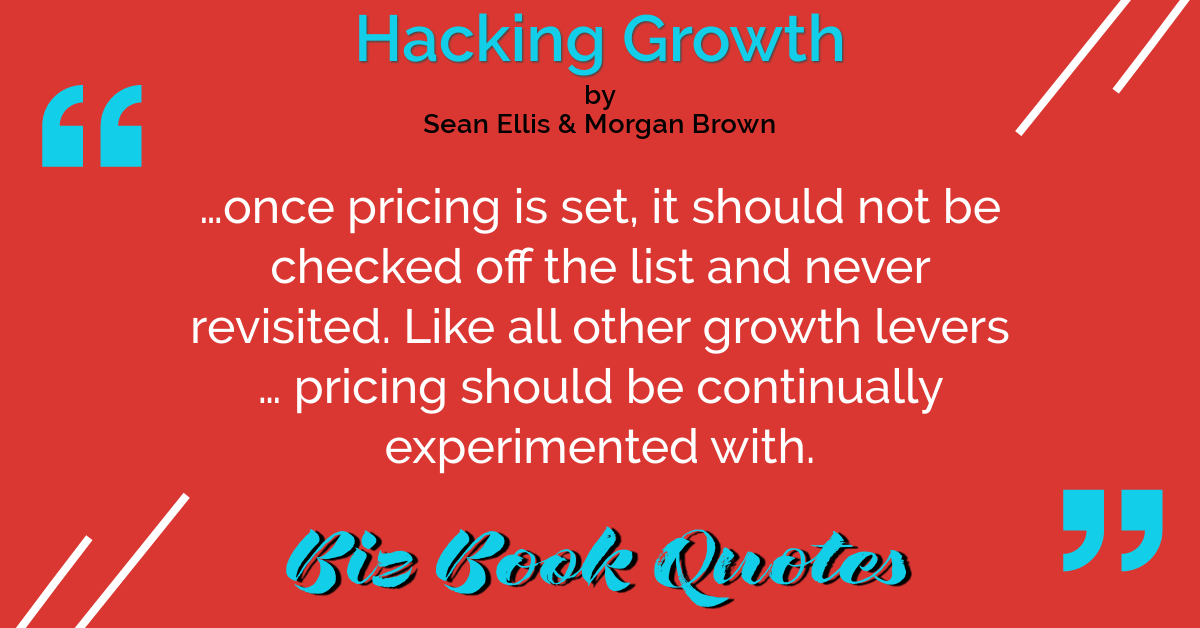
|
Hacking Growth:
…once pricing is set, it should not be checked off the list and never revisited. Like all other growth levers… pricing should be continually experimented with.
|
251 |











